Chapter 4:
The Consumer Path to Purchase
If you’re looking to influence shopper behavior, it’s critical to understand the consumer path to purchase and the drivers along the purchase path. There’s no question that the COVID-19 pandemic has dramatically changed shopper behavior. More and more people are shopping online and the path to purchase has changed dramatically.
Some figures cite staggering increases in online shopping by as much as 18% in 2020 in the US alone. Moreover, studies show that omnichannel shopping for FMCG goods has increased by 50% this year with almost half of these purchases made through e-commerce.

In the past it was so easy to think of retail as being divided into two separate parts: Brick-and-mortar and online. If shopper research was conducted for the online environment, it tended to focus around the product and the user experience without taking into account the entire consumer path to purchase and decision making. Now, consumers move seamlessly back and forth between the digital and physical retail environments as they make their purchase decisions. Pack, POSM, pricing and shopper marketing have all combined and need to be examined together to get a holistic view of shopper behavior.
Don’t have time to read it all right now?
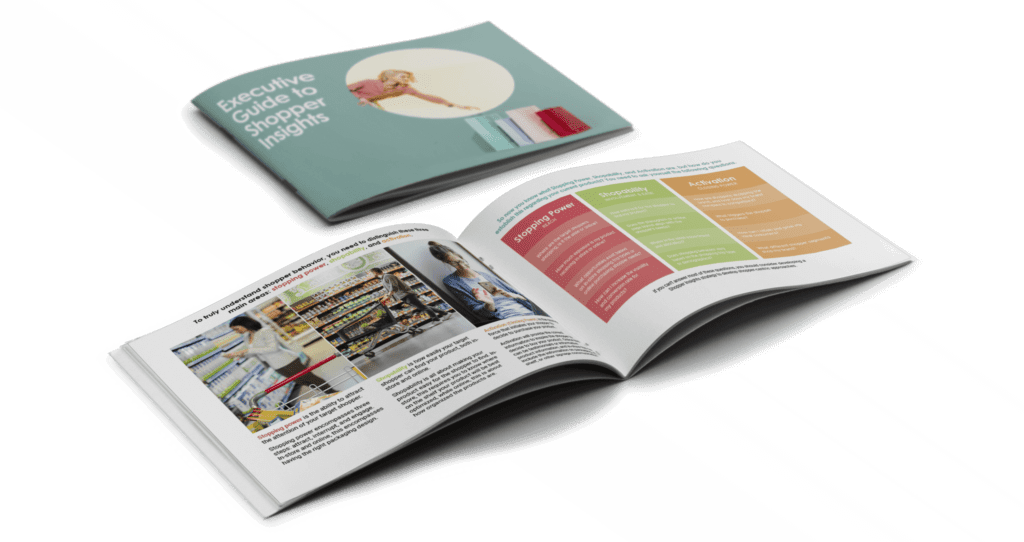
Usually the physical shelf was the first place a consumer saw your product in the old brick-and-mortar store. This is likely the place where their shopper behavior was first influenced. Today though, consumer behavior is influenced by everything from brand web sites, to click and deliver services, BOPIS (Buy Online, Pickup In Store), Amazon, DTC (Direct to Consumer) Sites and the huge array of digital advertising that can be found everywhere online. Even purchases that ultimately end up being made in store have somehow been influenced by the digital world along the customer decision path.
The path to purchase is no longer a linear process. Shoppers cycle through modes of exploration and evaluation before choosing a channel and making a purchase, often reverting back to a previous stage multiple times.
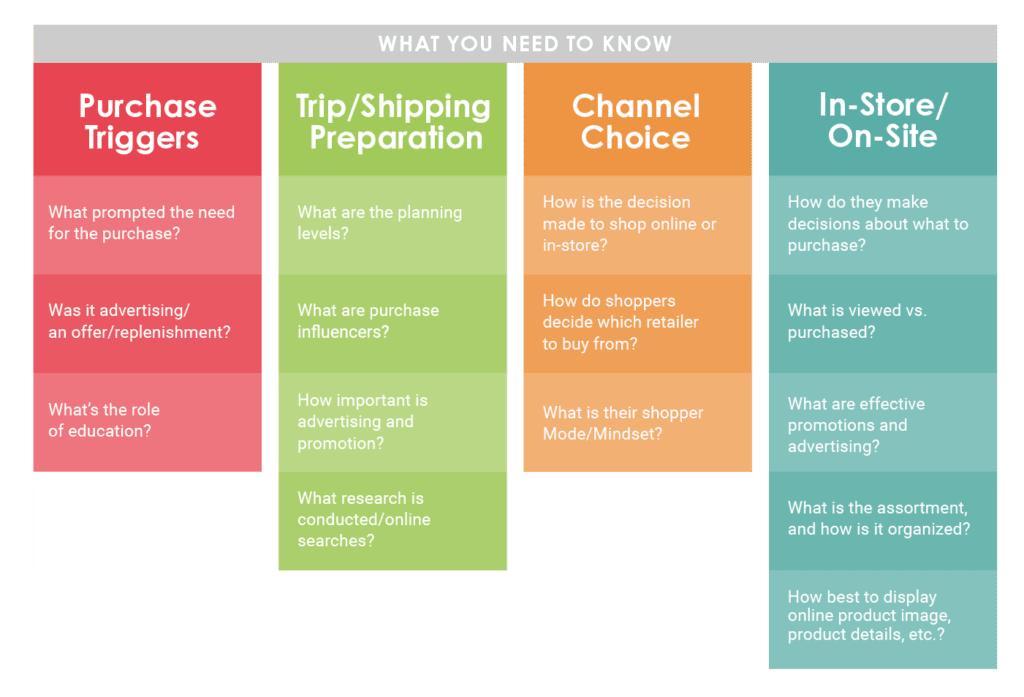
The Changing Consumer Path to Purchase
Points of sales have multiplied since the traditional brick-and-mortar retail stores now include mobile commerce, automated storefronts, smart homes, on-demand services, voice commerce, e-commerce, and virtual reality. All these factors have caused the Path to Purchase to change dramatically. While some of these are still emerging channels, many are well established.
Some trends that we will see continuing to increase as we go forward include:
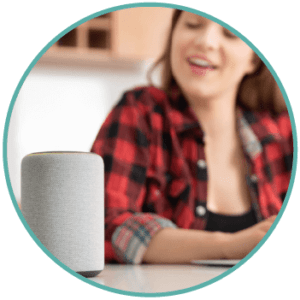
Voice Commerce: Purchases made over voice-based intelligent assistant devices, such as Amazon’s Echo Dot and Google Home smart speakers.
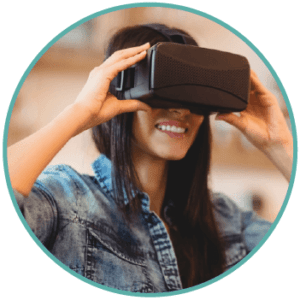
Virtual Reality: The use of technology enables online users to shop, without malls and brick and mortar stores, by creating a personalized virtual store where the customer can choose and buy products.
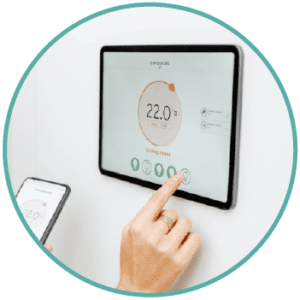
Smart Homes: This tracks shoppers’ consumption in the home and automatically reorders depleted products as needed. Walmart recently patented methods of using IoT based personalized distribution systems, including a Smart Trash Can.
In today’s world, shoppers demand an improved shopping experience. The increase in the use of technology has enhanced customer experiences by offering better visualization (augmented or virtual reality), improved transparency (online reviews), and service.
Beauty Shoppers Research Example
The beauty category has had a significant change in how shoppers buy products and their Path to Purchase. Consumer demand has continued evolving towards products that offer long-term benefits, are visually appealing, experiential, and lifestyle-oriented. Demand for personalized and wellness products has also expanded.
From a product standpoint, consumers want more plant-based products with beneficial ingredients and visually appealing packaging and primed for social media. From an experiential perspective, they desire memorable points of sale with unforgettable in-store and online experiences.

Sephora has transformed how customers experience and buy products. We also see beauty boxes with monthly subscriptions to beauty samples and personalization of cosmetics with companies like Bite Beauty Lip Lab.
The Path to Purchase is now highly influenced by beauty bloggers and endorsements.
When an industry experiences such dramatic change, it becomes even more essential to understand the shopper journey and what is influencing them along the purchase path.
In Chapter 5 we look at who is using shopper insights to improve profitability. It turns out that in addition to retailers and CPG manufacturers, auto makers and even B2B companies use shopper insights these days.


